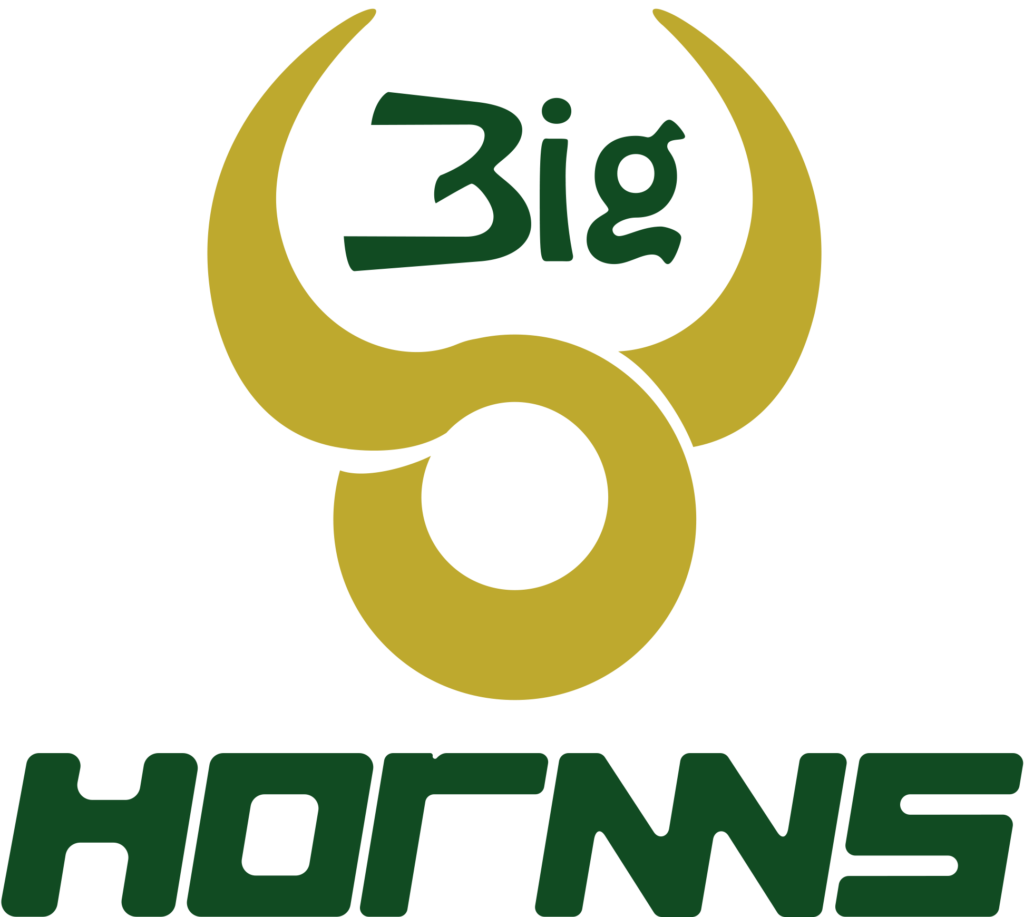In the realm of construction, accurately tracking progress is essential for ensuring projects stay on schedule, within budget, and meet safety standards. Traditionally, this involved measuring milestones, percentages of completion, and visual inspections. However, recent innovations have introduced playful yet effective methods to visualize progress—one of which involves using candy units as an educational and practical analogy. This approach not only simplifies complex metrics but also energizes teams and stakeholders, making the process more engaging and understandable.
Contents
- The Educational Concept Behind Measuring with Candy Units
- The Historical and Scientific Foundations of Candy-Based Measurement
- Modern Construction Monitoring: From Theory to Practice
- Case Study: My Sweet Town – A Modern Example of Candy Unit Measurement
- Strategic Block Placement and Candy Units: Ensuring Structural Integrity
- The Engineering Marvels Behind Candy-Scale Measurements
- Non-Obvious Insights: The Psychology and Engagement of Candy-Based Metrics
- Future Trends: Integrating Candy Units with Digital and Augmented Reality Tools
- Conclusion: The Sweet Success of Innovative Progress Measurement
The Educational Concept Behind Measuring with Candy Units
Using candy as a measurement analogy serves as a powerful educational tool because it transforms abstract or complex data into tangible, relatable concepts. Candy units—such as cotton candy or lollipops—are visually appealing, easy to count, and familiar to most people, especially children. This familiarity helps learners grasp the scale, progress, and structural concepts in construction projects more intuitively.
Non-traditional units like candy foster engagement by making learning interactive and fun. For example, instead of stating that a building is 75% complete, project managers might say, “We’ve placed 150 candy units out of 200,” creating a visual and memorable metaphor. This approach aligns with educational theories emphasizing concrete representations to enhance understanding, particularly among younger audiences or new learners.
Engaging, tangible examples like candy units also facilitate cross-disciplinary learning—combining principles of physics, engineering, and even psychology—making the complex world of construction more accessible and less intimidating.
The Historical and Scientific Foundations of Candy-Based Measurement
The Invention of Cotton Candy and Cultural Significance
Cotton candy, invented in the early 20th century, became an iconic symbol of fairs and celebrations worldwide. Its light, airy texture and appealing appearance make it an ideal metaphor for delicate structural supports or lightweight components in construction. Historically, cotton candy’s popularity reflects how simple, familiar objects can be repurposed into educational tools, bridging science and culture.
Scientific Principles: Candy Units as Structural Symbols
From a scientific perspective, candy units can symbolize various structural elements. For example, a candy piece might represent a concrete block, a steel beam segment, or a load-bearing component, depending on the scale. Scientific principles such as stress distribution, load capacity, and stability can be illustrated through these analogies. For instance, just as a bridge must support multiple times its own weight, candy units can visualize how many layers or units are needed to achieve certain structural capacities.
Connecting Scientific Facts to Measurement Techniques
Scientific data supports these analogies. For example, a typical steel bridge can support a load 100 times its own weight. Translating this into candy units, if one candy segment represents a certain weight, the entire bridge’s capacity can be visualized by stacking or arranging these units. This method makes abstract data concrete, aiding understanding and communication among diverse stakeholders.
Modern Construction Monitoring: From Theory to Practice
Traditionally, construction progress was tracked through manual inspections, milestone reports, and percentage completions. While effective, these methods can lack immediacy and visual clarity. The advent of digital tools—such as Building Information Modeling (BIM), real-time tracking software, and augmented reality—has transformed project management, allowing instant updates and detailed visualizations.
In this context, candy units serve as an intuitive bridge between complex data and visual comprehension. Imagine a digital dashboard where progress is represented by a virtual candy wall—each candy icon denoting a specific task or structural segment. As the project advances, candies are added, removed, or rearranged, providing a clear, engaging progress indicator that is easy to interpret even for non-experts.
This analogy simplifies the complexity of progress metrics, making it accessible and motivating teams to reach milestones, much like collecting candies in a game.
Case Study: My Sweet Town – A Modern Example of Candy Unit Measurement
Consider the hypothetical project “My Sweet Town,” a community development project that uses candy units as a progress metric. The project involves constructing multiple residential blocks, parks, and infrastructure. Progress is tracked by counting the number of candy units representing completed segments—such as foundations, walls, and roofs.
For example, when 1,000 candy units are deployed to symbolize the foundation phase, and an additional 500 units are added for framing, stakeholders can visually grasp how much work remains. This method makes updates more engaging and easier to communicate across teams, children, and community members.
Visualizing progress with candy units in a project dashboard enhances stakeholder engagement by turning technical data into colorful, relatable representations. It also provides a memorable way to track milestones, fostering a sense of achievement and motivation.
Strategic Block Placement and Candy Units: Ensuring Structural Integrity
In construction, strategic placement of structural blocks is vital to prevent collapse and ensure safety. This involves precise measurements, understanding load distribution, and stability checks. When using candy units as an analogy, each candy piece can represent a block’s position and its role in supporting the structure.
For example, placing candies at key points can demonstrate the importance of load-bearing walls, foundation strength, and the distribution of forces. If candies are misaligned or unevenly distributed, it visually highlights potential risks—mirroring real-world structural failures caused by poor planning.
This playful approach underscores the necessity of accurate measurements and strategic placement, emphasizing that even small inaccuracies can lead to catastrophic failures—an essential lesson for aspiring engineers and builders.
The Engineering Marvels Behind Candy-Scale Measurements
Supporting Structures: Bridges and Load Support Capacity
Modern bridges are engineering marvels capable of supporting thousands of times their own weight. Engineers use scientific principles like stress analysis, material strength, and load distribution to ensure safety. When translating these principles into candy units, a bridge might be represented by a specific number of candies, each symbolizing a segment of support or span.
Applying These Principles to Candy Units
Imagine stacking candies to simulate a bridge’s support beams, observing how many units are necessary to withstand hypothetical loads. This analogy can reveal the importance of reinforcement and the effects of adding weight—offering a visual, engaging way to understand complex load calculations.
Lessons and Best Practices
- Accurate measurement of candy units is essential to replicate real structural capacities.
- Visualizing stress points helps preempt potential failures.
- Iterative testing with different candy arrangements fosters understanding of complex engineering principles.
Non-Obvious Insights: The Psychology and Engagement of Candy-Based Metrics
Playful measurement methods like candy units significantly boost motivation among teams and learners. The tangible, colorful nature of candies makes progress visible and rewarding, turning routine updates into engaging activities. This approach taps into the psychology of gamification, encouraging continued effort and fostering a positive attitude toward complex tasks.
For children and students, candy-based measurement demystifies construction concepts, sparking curiosity and stimulating interest in STEM fields. It transforms abstract data into a fun, memorable experience—enhancing retention and comprehension.
“Using playful analogies like candy units bridges the gap between complex engineering and everyday understanding, making learning both effective and enjoyable.”
However, care must be taken to maintain measurement accuracy and avoid overly playful interpretations that might lead to misconceptions. Balancing fun with precision ensures that the educational value remains high.
Future Trends: Integrating Candy Units with Digital and Augmented Reality Tools
The future of progress measurement lies in integrating playful analogies with cutting-edge technology. Augmented reality (AR) can overlay virtual candy units onto real construction sites, allowing stakeholders to visualize progress dynamically. Digital dashboards can be customized with interactive candy icons, providing real-time updates and engaging visuals.
Such innovations enhance educational experiences, making complex data accessible to the public and children. For example, students can explore a virtual model of a building, adding or removing candy units to understand structural concepts firsthand. These tools democratize construction knowledge, fostering transparency and community involvement.
Interested in exploring how playful, digital methods can enhance your project management or educational initiatives? Discover more at mysweettown-game.top — a platform exemplifying innovative, engaging approaches to construction and learning.
Conclusion: The Sweet Success of Innovative Progress Measurement
Incorporating candy units as a progress measurement technique exemplifies how creativity can enhance understanding, motivation, and communication in construction projects. This playful approach simplifies complex data, making it accessible to diverse audiences—from engineers to children—while reinforcing key principles of structural integrity and project management.
As technology advances, integrating such analogies with digital and augmented reality tools promises even greater engagement and educational value. Ultimately, blending fun with functionality can lead to more informed, motivated teams and communities, ensuring that every project—whether a small community or a grand infrastructure—achieves sweet success.
Embracing innovative, engaging methods like candy units not only makes construction progress tracking more enjoyable but also helps foster a culture of creativity and learning—vital ingredients for building a better future.

